Tackling the flow of narcotics into Himachal Pradesh – from neighbouring states as well as from foreigners who bring in stock – has become a huge challenge, says Sarita Brara. The district of Kullu is one of the worst affected, while in Kangra, Shimla, Mandi and Chamba, the problem is growing. Seizures of narcotics and arrests have gone up over the past eight months. Increased vigilance, widespread awareness programmes and more rehab centres are needed to curb the menace, she says
Sanjay’s story runs like a thriller film – born with a silver spoon, getting into drug addiction, selling property worth crores of rupees to fund the habit, spending the nights on the streets, turning peddler and, after 20 years as a substance abuser, undergoing a 360-degree change to set up a de-addiction centre to save young people. “I was studying in a prestigious school when I started taking alcohol. Subsequently, I became a multi-user, taking everything from ganja to charas and intravenous drugs,” says Sanjay.
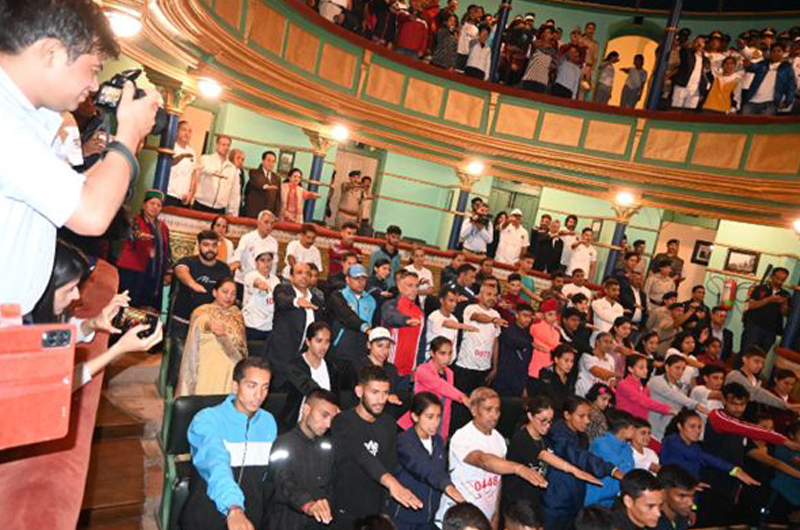
Kshitij’s story is similar. He was just 14 when he started smoking; and over the years, he graduated to taking alcohol and then narcotics. After spending three months in rehab, Khsitij says he realised that he had begun to put on weight and there was a glow on his face. He decided then that drugs would not take him anywhere and decided to work towards ridding himself completely of the habit. “It is not easy – one has to continuously work on it because it is a lifelong problem like a mental disease, a problem of behaviour and attitude. Sometime one takes to drugs when one can’t handle or manage social and mental issues,” he says.
Both Sanjay and Khsitij are part of Narcotics Anonymous and Alcohol Anonymous, Chandigarh, a fellowship of men and women who meet regularly offline and online to help each other stay clean (off drugs). It is mostly about sharing and opening up about progress. The message is that any addict can stop using, lose the desire to use, and learn a new way to live. Take the case of Naveen (name changed), a brilliant student who scored over 90 per cent in the 12th grade, but then got into the drugs habit. He had to take prolonged psychiatric treatment and spend time in the rehab centre before he recovered. He is now stable enough to look after his family’s orchards.
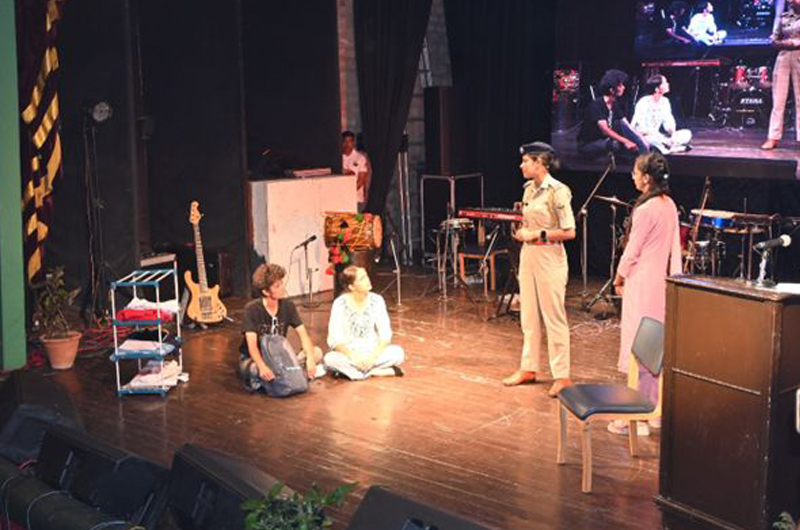
“Although I don’t want to blame my family, giving money without checking to see where their child is spending it is something no parent should do,” says Sanjay. Of the 43 patients in his rehab centre at present, 36 are either only children or only sons, he reports. “We all have the same story – we take to drugs, then to crime, then realise that addiction leads us nowhere. It’s a vicious circle,” says Rohit, another former addict who is now working to help others break the habit. Sanjay, who uses motivational talk to wean away the youth from addiction, says that the success rate is about 70 per cent. “There are several instances of drug users coming back to rehab, not once but even four to five times,” he reports.
Ankush Mehta, who runs a de-addition-cum-rehab centre in Matiana less than 50 km from Shimla, says he found that more and more young people around him were getting trapped into taking drugs, so he decided to do something for them. The death of a young woman who had taken an overdose of some narcotic acted as a catalyst. Called Sneh Love Care, the centre has over 30 people undergoing treatment at any given point of time. While several NGOs and individuals are running de-addiction and rehab centres, there is only one such institution that is government-funded in Bhuntar in Kullu Valley. It has separate wings for boys and girls. The growing number of girls falling prey to addiction prompted authorities to open a wing for them in March last year. It is staffed by a medical doctor, a psychiatrist and counsellors.
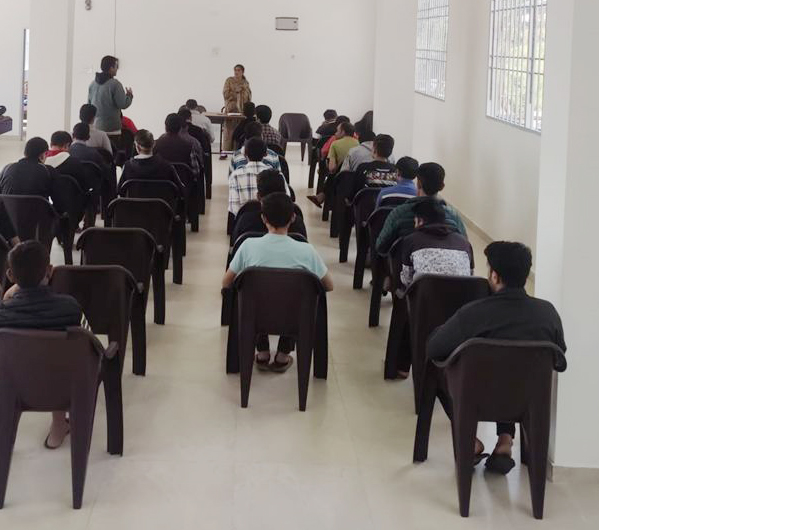
Anita Thakur, the project director, says that apart from motivational talks, various therapies including music and art therapy, as well as group counseling, are used to get the young women over their addiction. The girls are also kept busy with activities such as knitting, embroidery and exercise. The treatment usually lasts 21 days but it can be extended up to 90 days in case of necessity. Boarding, lodging and treatment is free of charge at the centre run by the Indian Red Cross Society and funded by the state government.
Drug peddlers target teenage girls in schools, says Thakur, citing the example of a child who was studying in Std IX, who went missing from her home and was found far away two years later, unconscious due to a drug overdose, and brought to the centre. The number of girls who come to the centre for de-addiction and rehab increased after an intensive campaign was launched to spread awareness about the issue, says Thakur. “Those who get the support of their parents usually stabilise or are cured of their addiction much earlier than those who don’t,” she notes.
Tackling the flow of narcotics into Himachal Pradesh – from neighbouring states as well as from foreigners who bring in stock – has become a huge challenge. The district of Kullu is one of the worst affected, while in Kangra, Shimla, Mandi and Chamba, the problem is growing. On the other hand, cannabis is widely grown in Kullu and other places in Himachal Pradesh, and charas made from cannabis is smuggled out of the state. A panel has been set up to explore whether legalising the cultivation of cannabis for medicinal purposes will put a stop to it being used for making narcotics like charas. Meanwhile, the seizures of narcotics and arrests in this connection have gone up over the past eight months. On September 15, the Anti-Narcotic Task Force (ANTF), Shimla, recovered 2.016 kg of opium/ afeem from a person in Aolan, and another unit arrested two people who had 28560 Proxywel capsules in their possession.
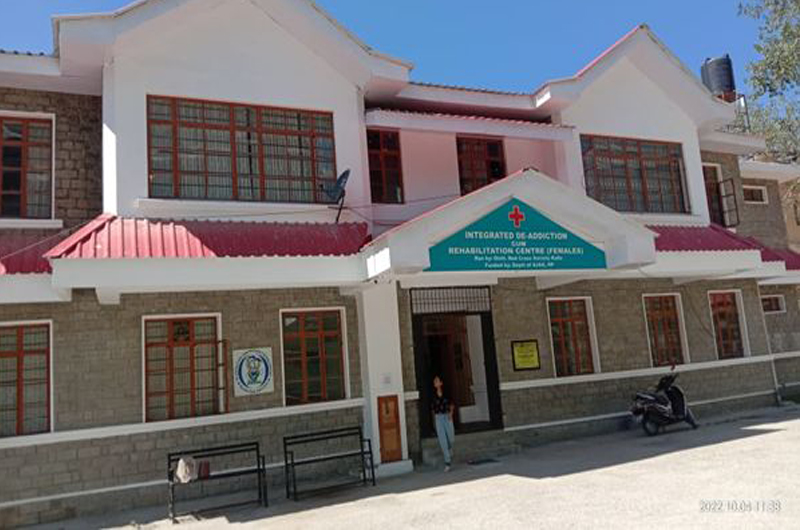
D.K. Chaudhary, who recently took charge in Himachal Pradesh as DIG, Crime and ANTF, says the increase in numbers does not necessarily mean that the problem is growing. He says it also points to increased vigilance and action to check the flow of narcotics into the state. “We are working on intelligence tip offs and random nakkabandi (checkpoint or roadblock) and making use of available technical tools to check the inflow of narcotics,” he says, adding, “we are also working on a multi-pronged strategy aimed at cutting supplies by increased vigilance on one hand and reducing demand by spreading awareness about this menace on the other.”
A campaign called Pradhav was initiated earlier this year to spread awareness about the drug menace in the state. As many as 10,000 school and college students in the 16-25 age group were involved in interactive sessions, and slogan-writing competitions held. Around 50,000 students and parents from across Himachal Pradesh took part in an offline and online meeting. Taking an e-pledge, meeting stakeholders like members of the judiciary, police and journalists, and holding workshops are some of the other steps the ANTF is taking, according to Chaudhary. He says gram sabhas (village councils) will be inducted into the efforts in the next phase.


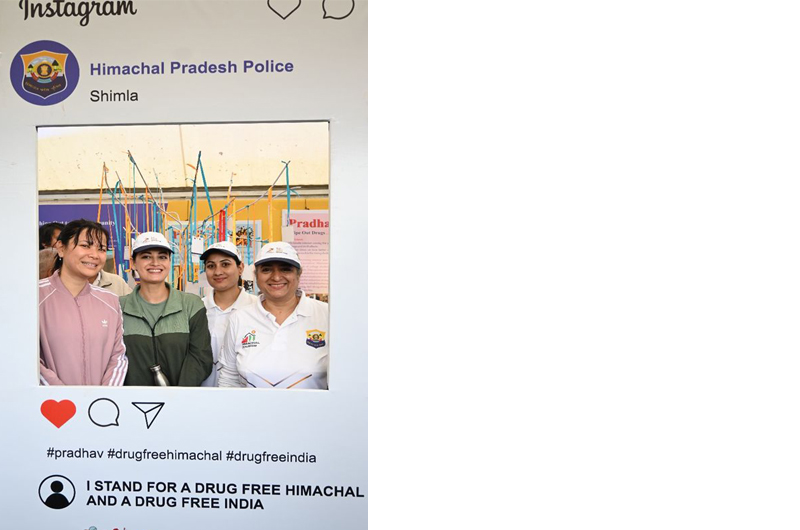
 from Webdoux
from Webdoux